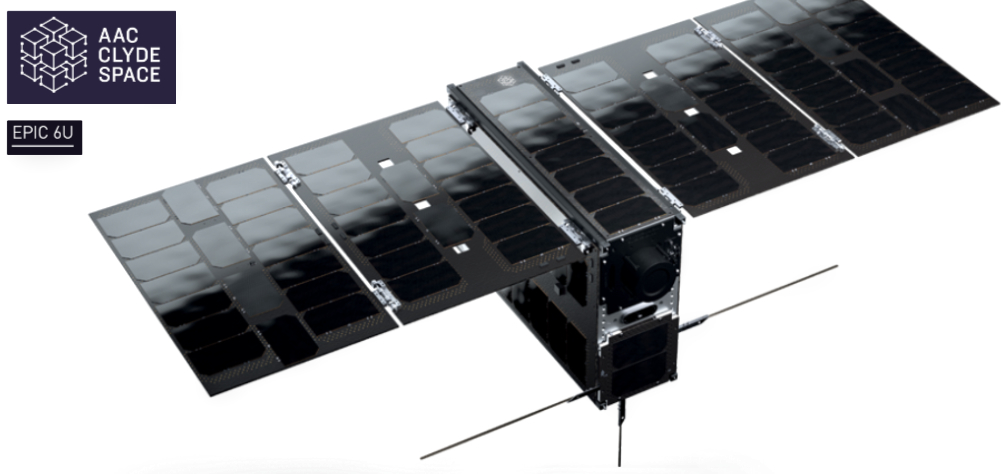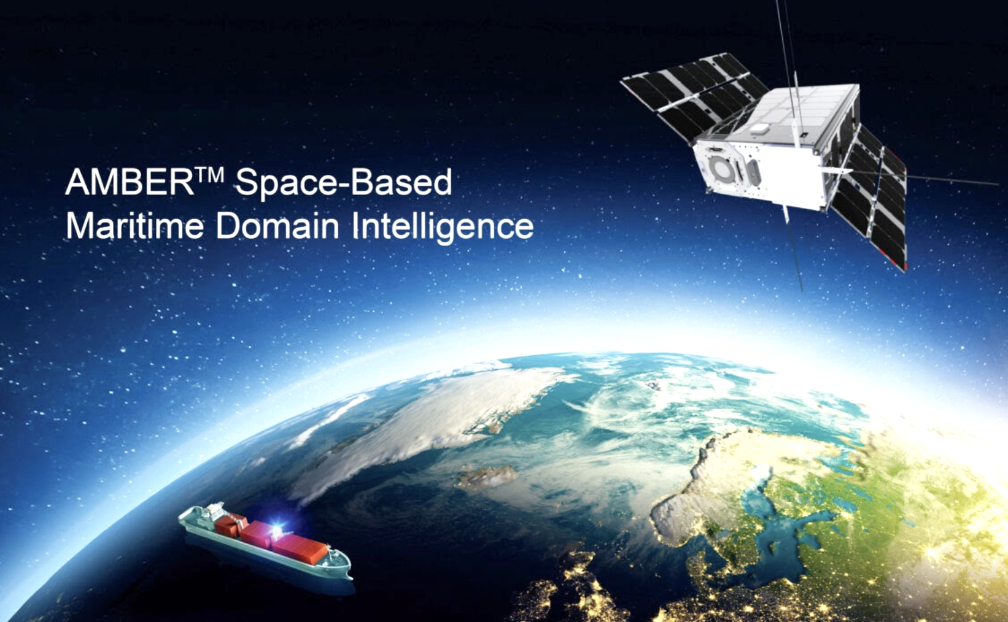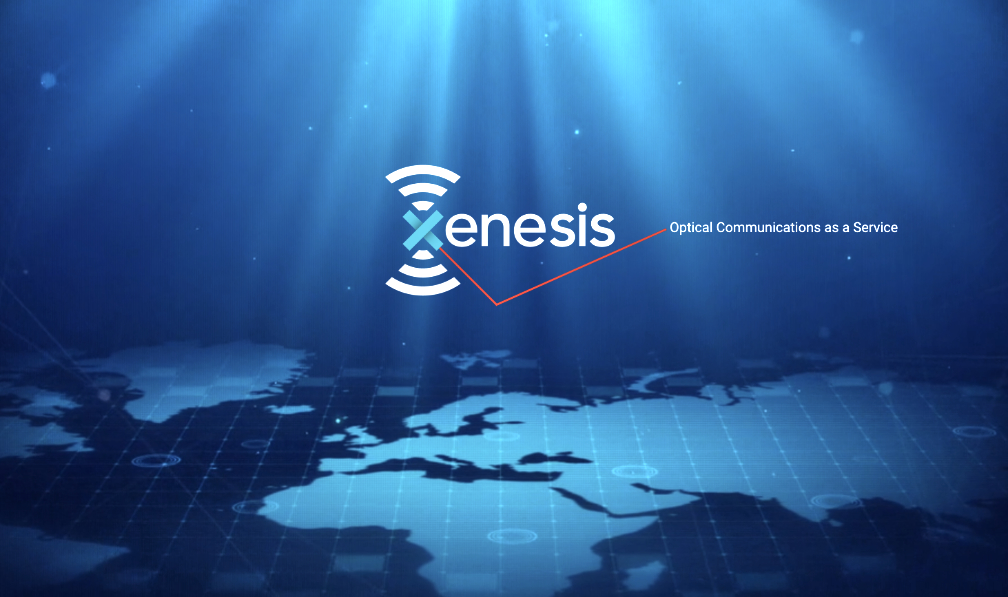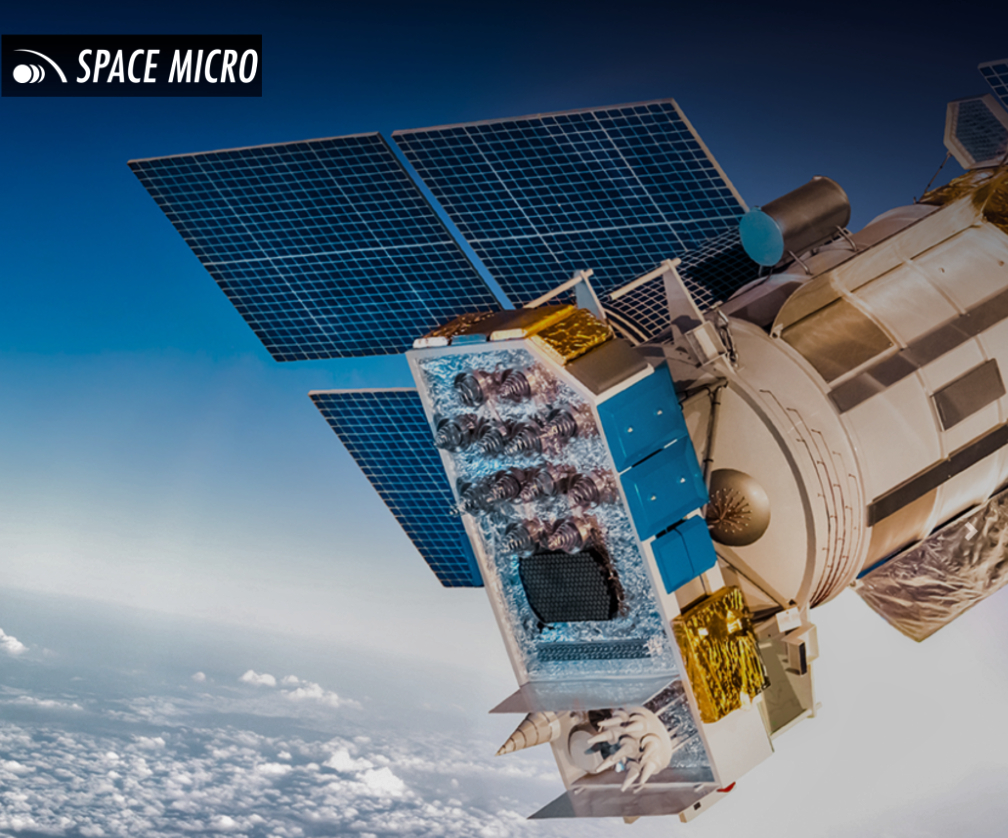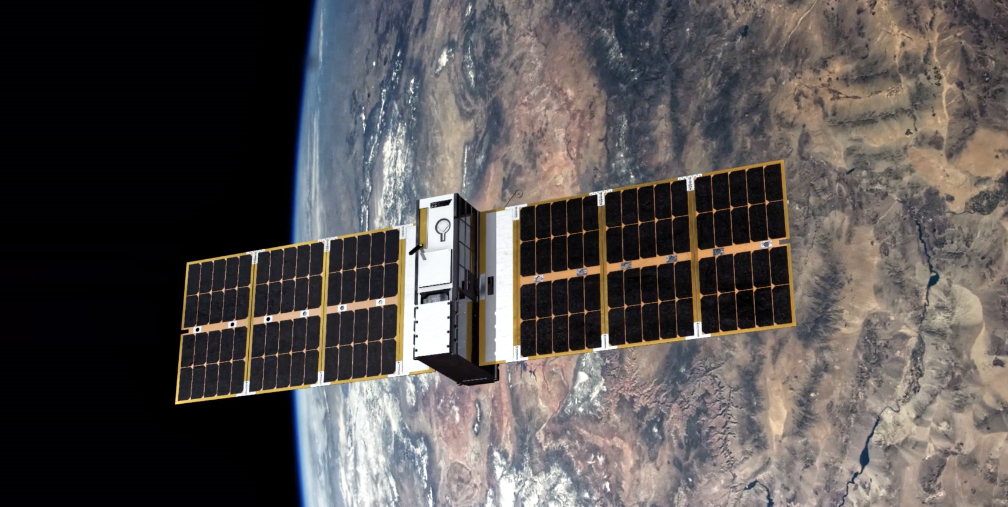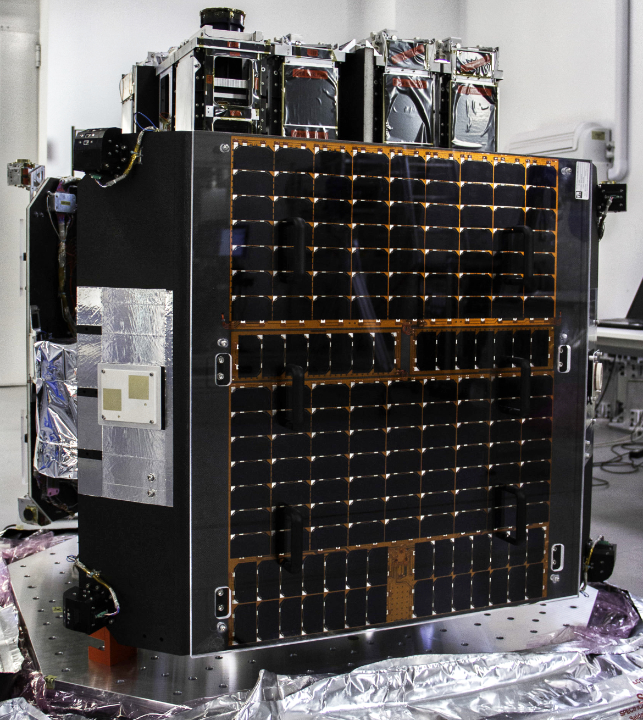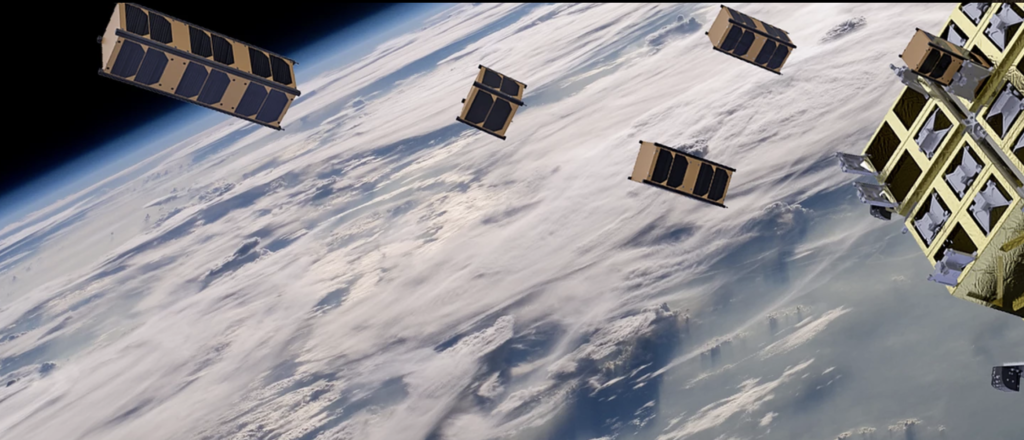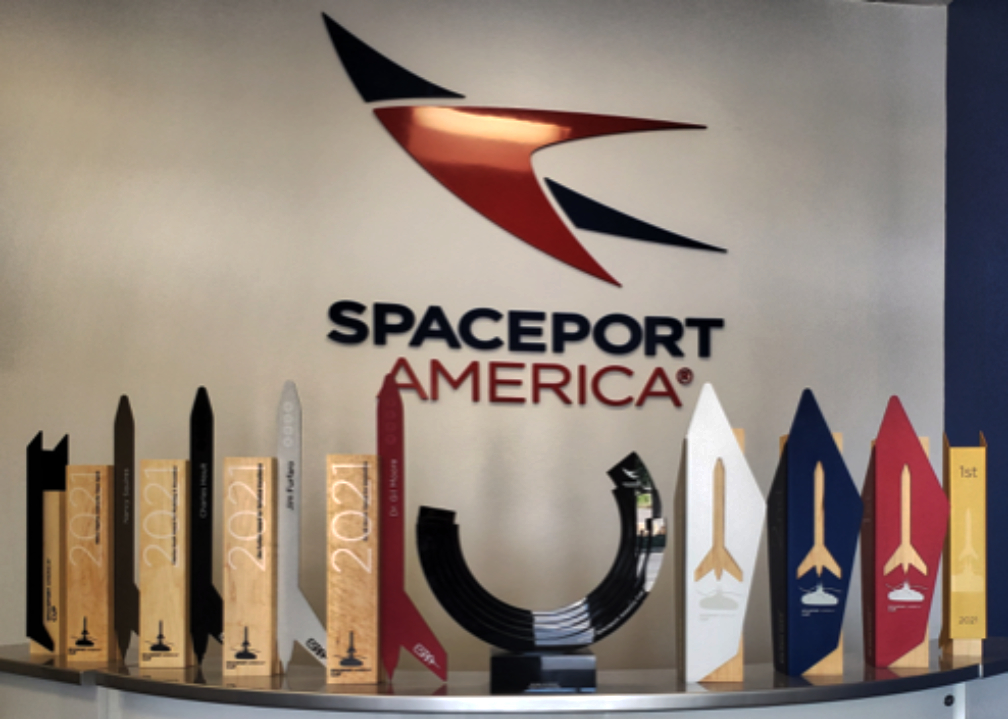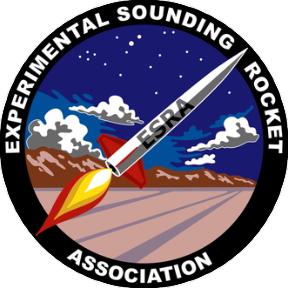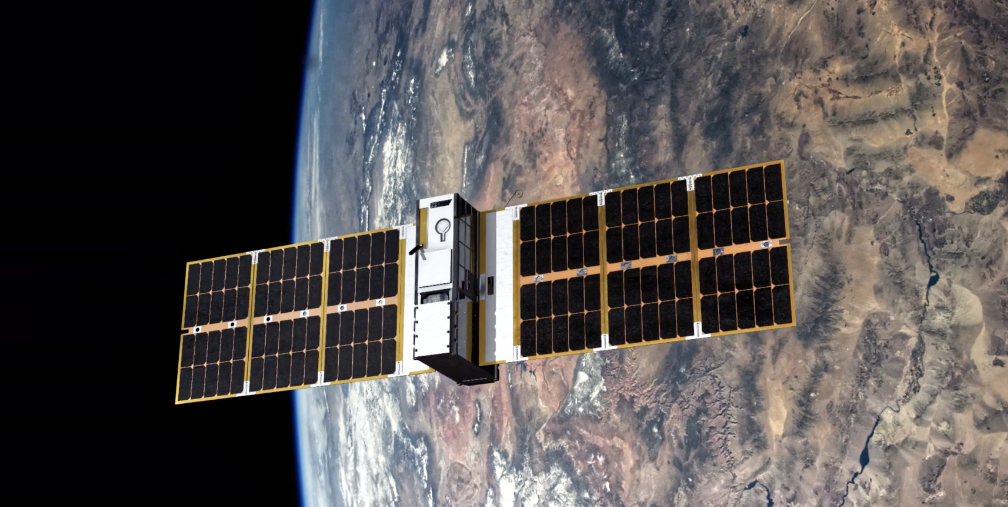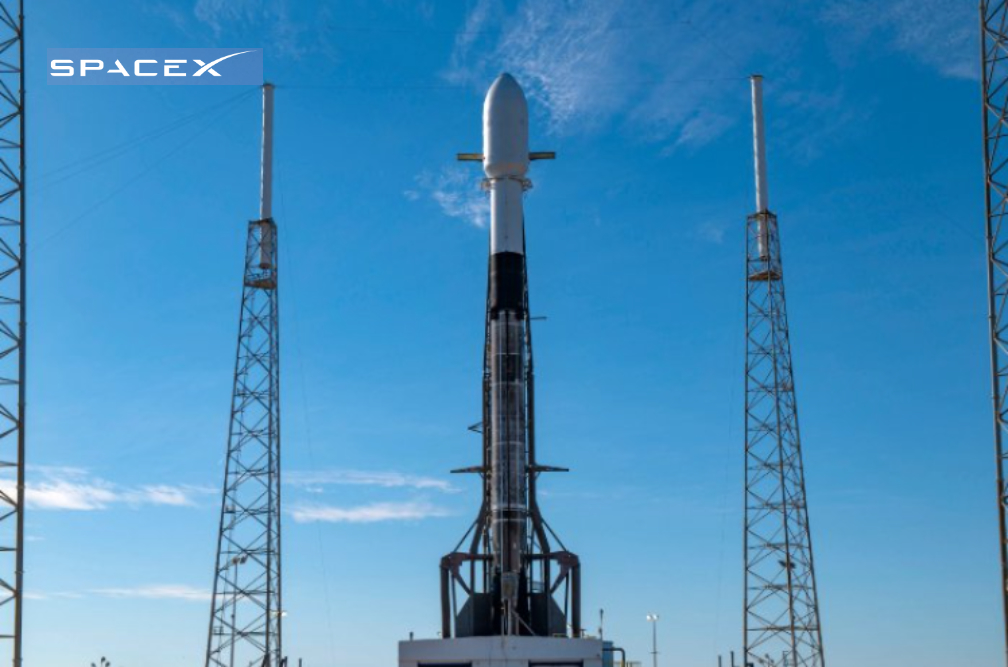
Additional checks of the payloads and the launch vehicle are being required by the SpaceX team and that has forced the previously stated June 25 Transporter-2 mission to be suspended on that date.
The new date for the launch is now no sooner than Monday, June 28. Saturday, June 26, had been considered as the next window of opportunity; however, the threat of summer storms negated that date, as well.
This is another impressive payload mission for SpaceX, with 90 or so smallsats being sent to Sun Synchronous Orbit (SSO) via a Falcon 8 rocket. A previous 143 smallsat payload mission record was established by SpaceX when conducted in January.


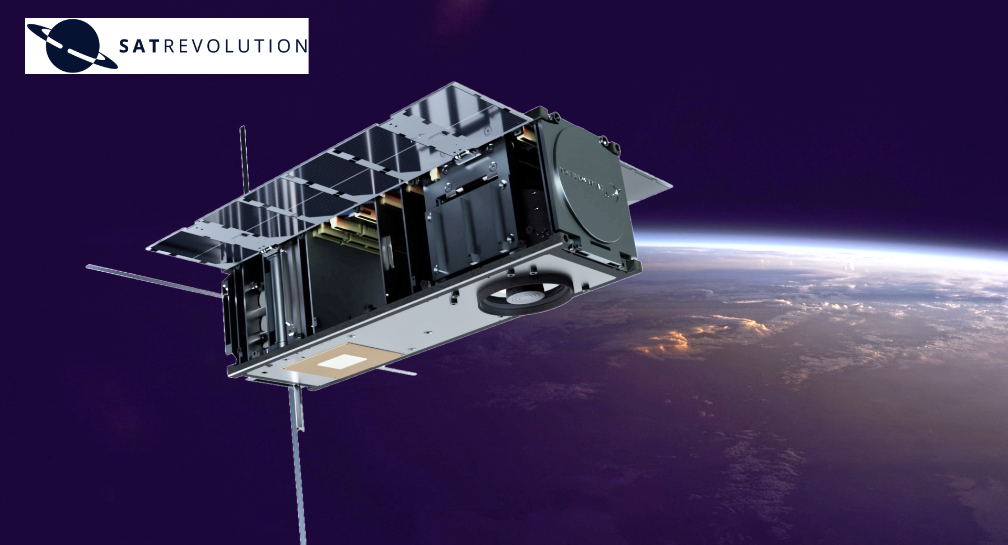
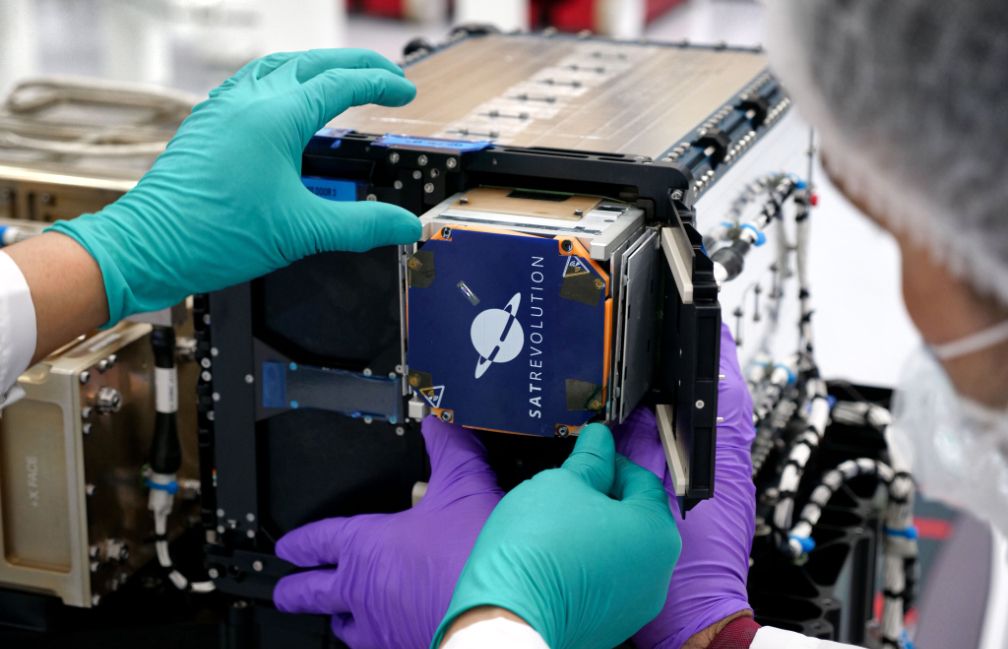
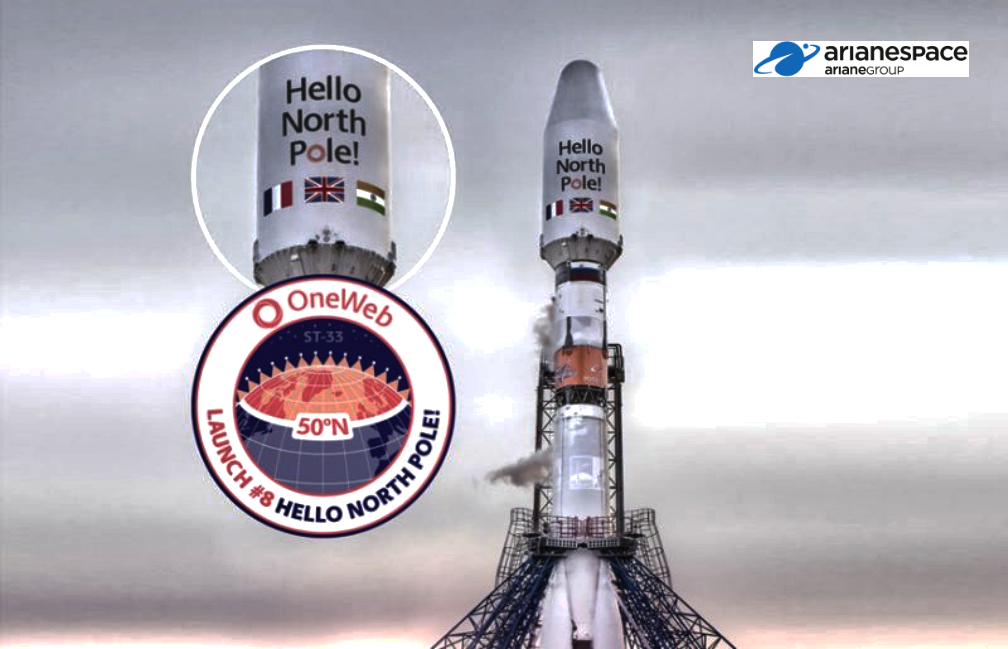
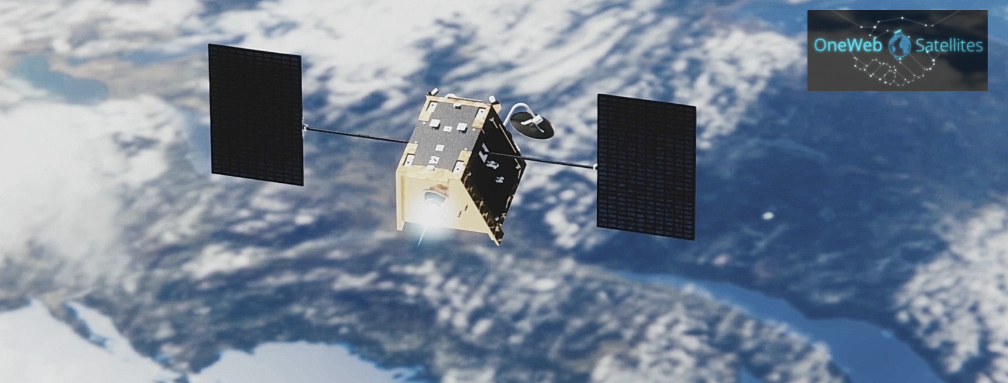




 constellation dedicated to delivering Maritime Domain Awareness (MDA) intelligence data.
constellation dedicated to delivering Maritime Domain Awareness (MDA) intelligence data.
